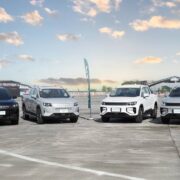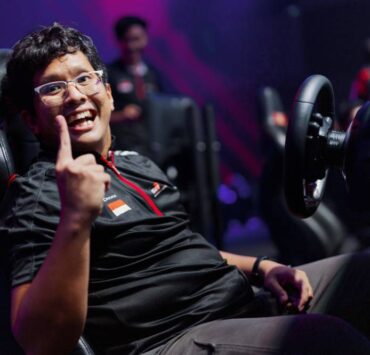Breath of fresh air

The Prelude nameplate, Honda’s sporty coupe previously based in Accord platforms has been absent in the brand’s line-up for almost two decades with the fifth generation bowing out in 2001. A lifetime ago. So when Honda decides to revive the nameplate, the world (particularly a generation of enthusiasts reared on 90s Japanese performance cars) obviously gets excited.
The latest sixth generation Prelude, internally designated as BF1 was recently launched in Japan, and will be available to other markets next year. It will be available to the Philippines by the second half of 2026. The price? Honda Cars Philippines is targeting the high P2 million to low P3 million range.
The new Prelude is aimed at a more mature, discerning and genteel driver that appreciates excellent driving dynamics intended for long stints behind the wheel, grand touring and even everyday driving rather than an all-out, highly focused performance car cum track-special. Look elsewhere if you are expecting these traits.
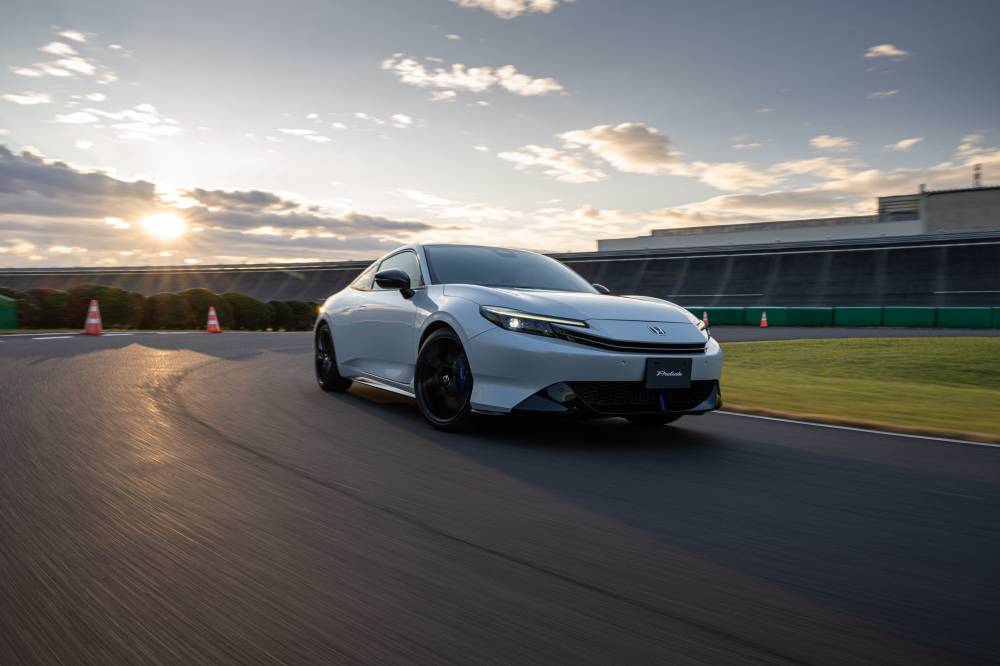
The sixth generation Prelude is based on the Honda Civic, albeit with a shorter wheelbase. It also utilizes a lot of FL5 Civic Type-R components, particularly the dual axis front struts that help stability and reduce the inherent understeer from front-wheel drive cars.
The latest Honda Prelude hybrid features a two-motor electric powertrain that pairs a 2.0-liter Atkinson-cycle 4-cylinder engine with an electric motor and generator. Together, they deliver 200 horsepower and about 315 Newton-meters of torque to the front wheels through a seamless direct-drive system.
Primarily, the engine charges the battery that powers the electric motor to move the car. At higher speeds, a clutch locks the direct-drive to the engine, allowing full gasoline-powered propulsion.
To improve driving feel, Honda introduced “Honda S+ Shift,” a system that mimics a conventional transmission with virtual gear changes and rev-matched downshifts. Debuting in Sport mode on the Prelude, this feature will expand to all future sporty Honda hybrids and electric models.
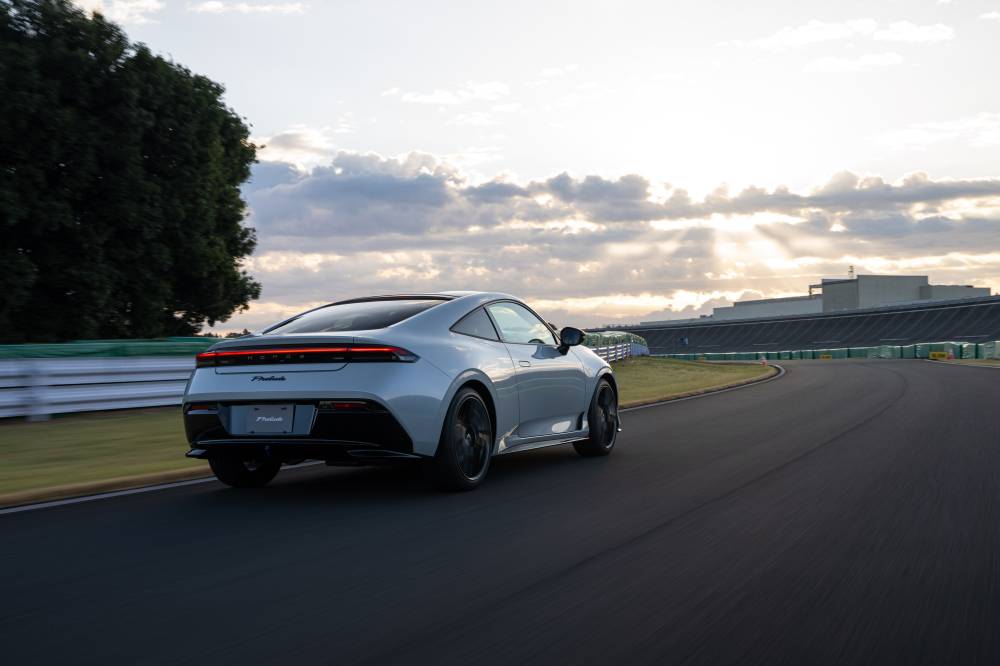
During acceleration, the direct-drive “transmission” simulates torque dips to imitate gear shifts. In S+ Shift mode, these shifts replicate an eight-speed automatic, coordinated with rev-matching through paddle shifters for an engaging drive.
Another major development is Honda’s innovative front-end design. At the Tochigi Proving Ground, Honda’s engineers explained their “front motion control” system—an engineered flex in the front suspension crossmember and engine bay strut mounts that counters chassis movement during cornering.
Picture this: as a car speeds into a turn, it’s pushed outward from the apex. The outer front suspension flexes slightly, nudging the front end toward the apex, which keeps the outer tires gripping the road better. This improves acceleration throughout the corner.
Traditionally, stiffer front suspension and extra chassis bracing fight twist to keep tires planted, but this often leads to a sluggish front end and mild understeer on corner entry, making steering feel heavier and less free.
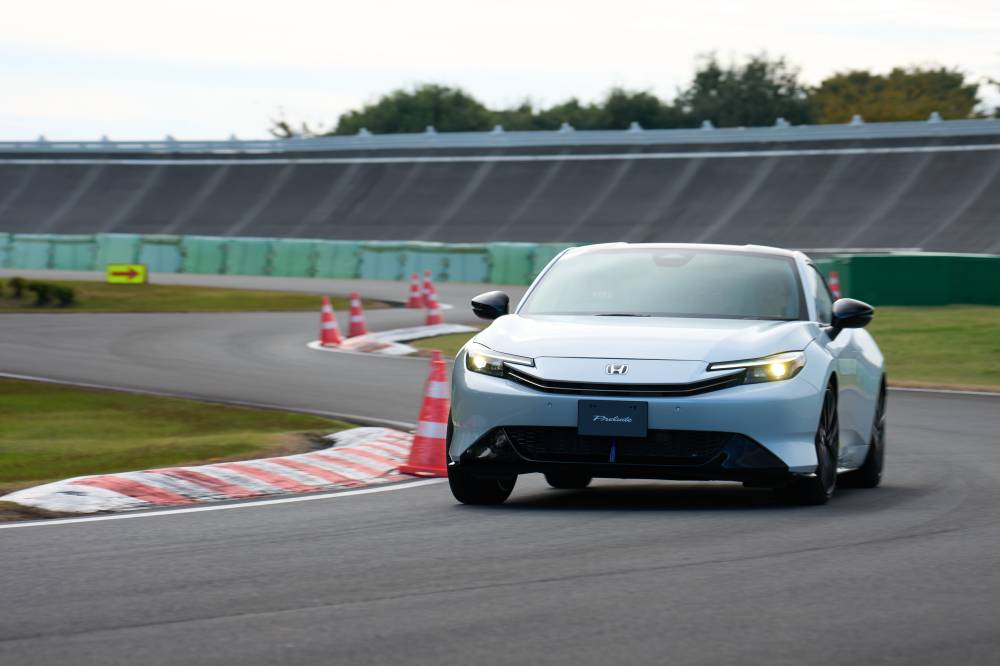
Honda’s front motion control cuts the need for added stiffening, trimming chassis weight by up to 10%. It also enables a softer front suspension, resulting in more intuitive steering, sharper turn-in, improved weight transfer, and earlier throttle application through corners. The Prelude thus feels notably more stable and responsive—truly advancing front-wheel-drive performance.
Getting inside and you know it’s a Honda through and through. Excellent driving position, hands level with your shoulder in the steering wheel. You sit low, but also have excellent view ahead and out of the glasshouse. Pedals perfectly spaced, and all controls within easy reach. The seats feel plush, comfortable yet also very supportive.
On our short drive at a handling track in Honda’s Tochigi Proving Ground and R&D Center, the Prelude ebbs and flows from corner to corner. Its inspiration was a glider, flying freely and effortlessly among the clouds, according to the Prelude’s chief engineering lead, Tomoyuki Yamagami.
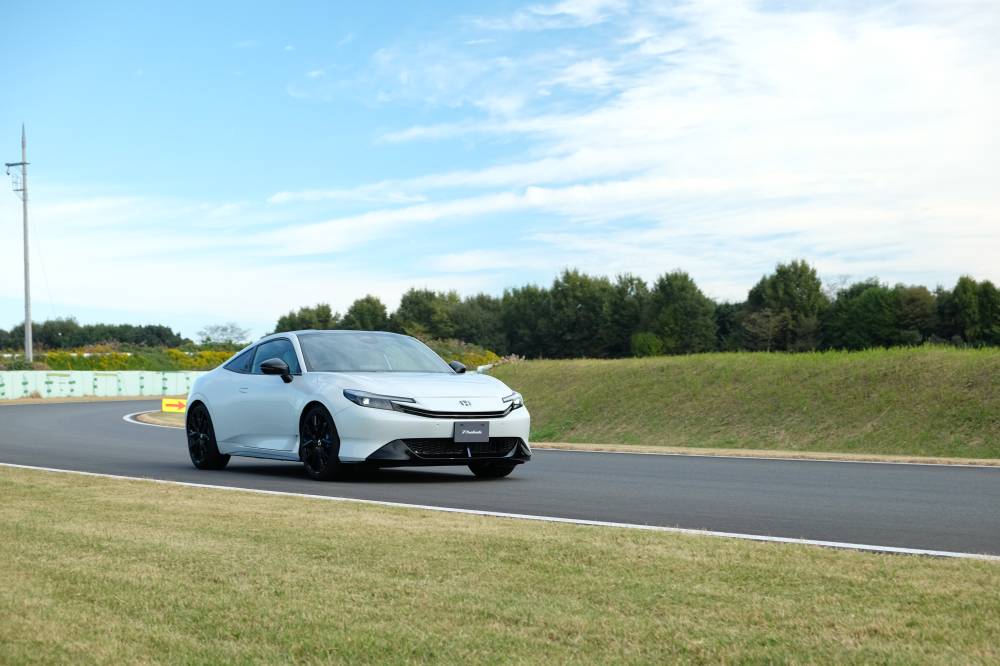
And it feels it: the steering feels stable and is very intuitive, the power is surprisingly generous but also progressive thanks to the immediate response and torque afforded by the electric motor, the huge front Brembo brakes (also lifted from the FL5 Civic Type-R) very reassuring, powerful and just as importantly, progressive and the grip prodigious. If you have to drive long distances extended periods behind the wheel while keeping your stint behind the wheel engaging, the Prelude will keep you entertained for hours without tiring you out.
Our drive was short but sweet, giving us an anticipation of the pleasure to be had given a longer stint with the Prelude. A drive to the great north, or to the deep south would be very telling indeed.
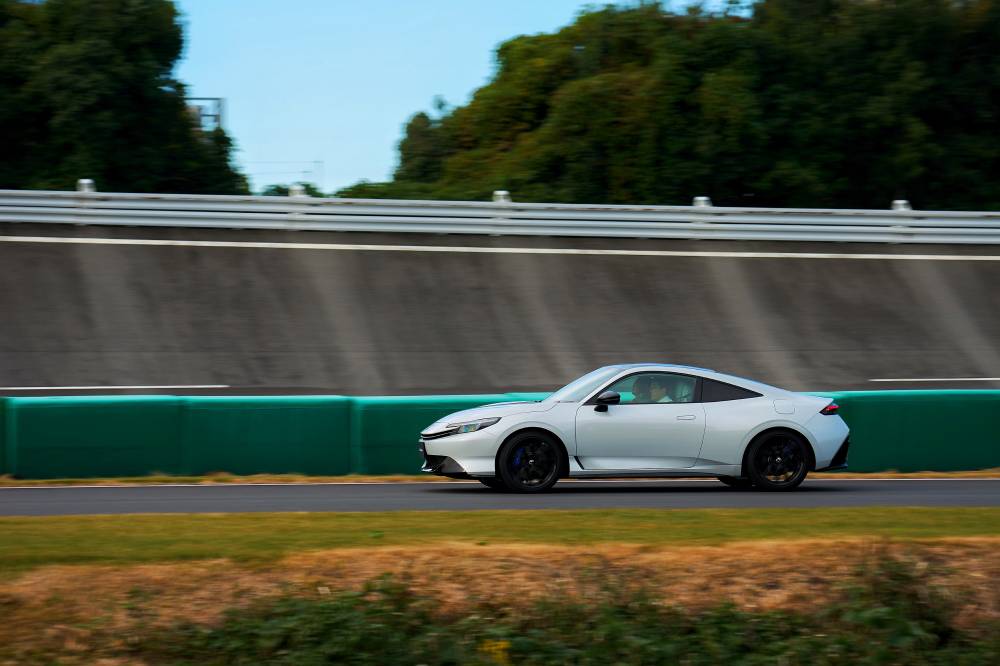
More importantly, the Prelude is a prelude (pun intended) to Honda’s commitment of increasing the sporty models in its mainstream line-up.
In a world obsessed with perfecting autonomous driving, Honda’s mission to deliver driving joy to the masses is truly a refreshing breath of fresh air.













